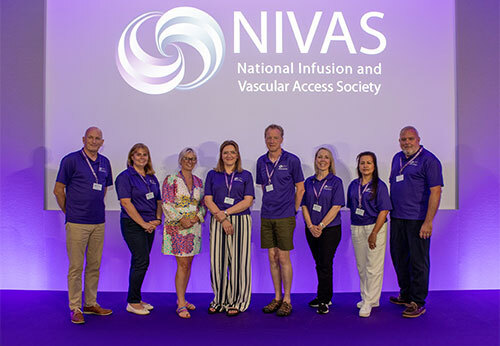Peripheral vessel cannulation assistance with pathway visualization
"Pathway visualization improves PIVC placement accuracy, success rates, and alignment compared to point localization. The findings highlight its potential to improve cannulation in difficult intravenous access (DIVA) patients" Liddelow et al (2025).









